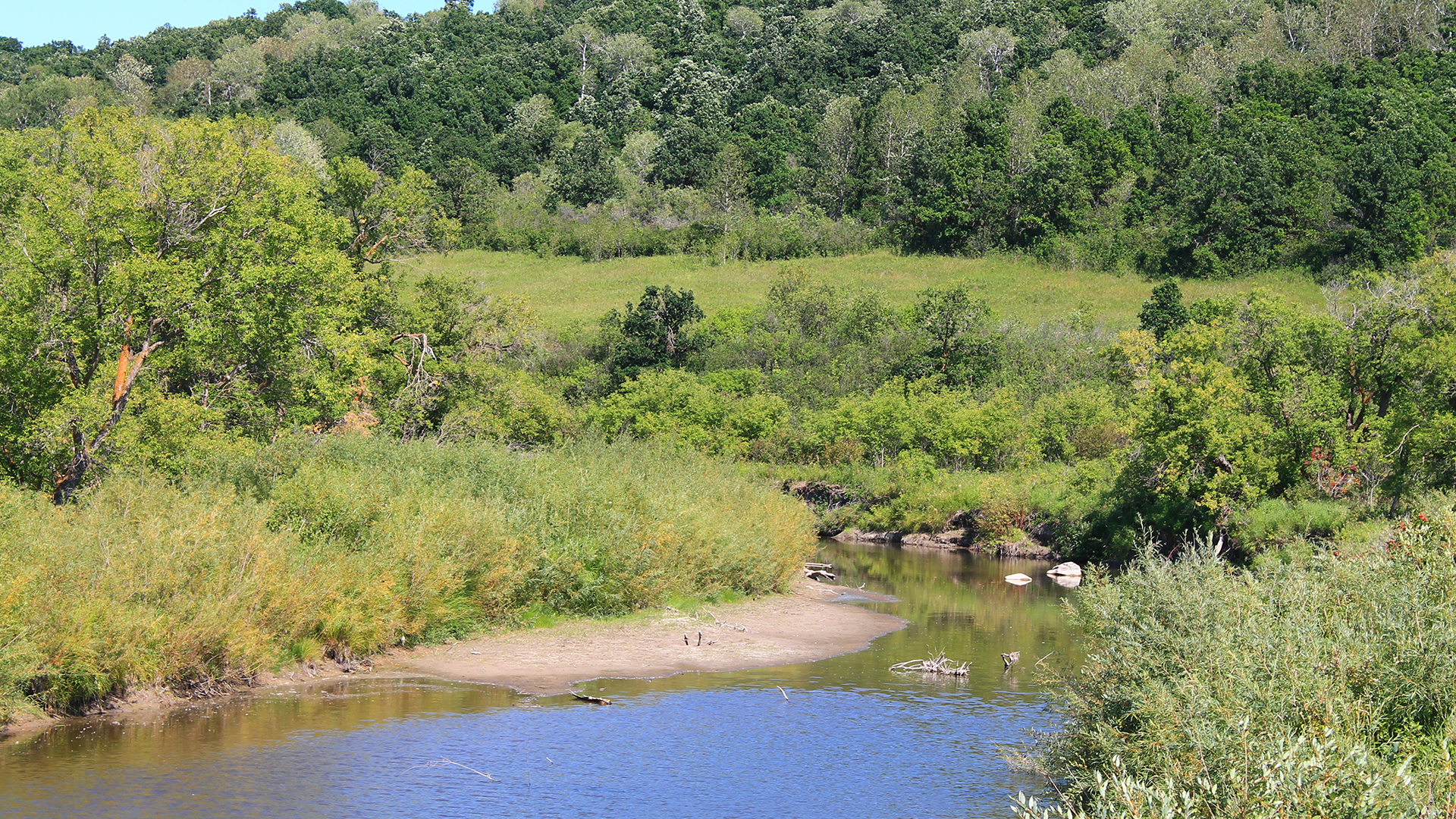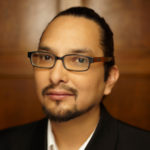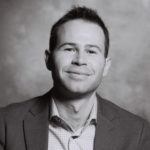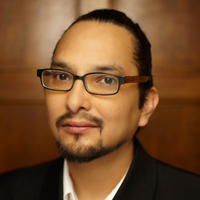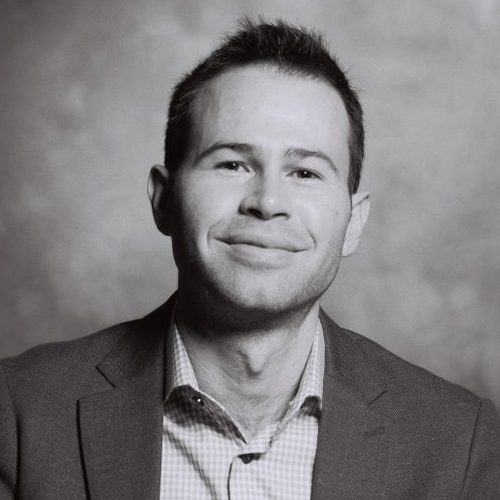
(Version française disponible ici)
This essay is adapted from the concluding chapter of Valley of the Birdtail: An Indian Reserve, a White Town and the Road to Reconciliation (HarperCollins Canada, 2022). Author Douglas Sanderson (Amo Binashii) gave the keynote address at the IRPP’s 50th anniversary event on Nov. 23/22.
The troubled relationship between Indigenous Peoples and non-Indigenous Canadians sometimes snaps into focus. A young Indigenous woman who is supposed to be in protective care is abandoned in a motel and then found dead after being raped and thrown from a bridge. A carload of Indigenous teens seeks help with a flat tire at a farmhouse and one of them is shot dead by a farmer who assumes they have come to rob him. Hospital workers taunt an Indigenous woman as she draws her final breath. A patch of overgrown scrub yields up the bodies of hundreds of Indian children, long buried in unmarked graves – the horror of which had been whispered for decades. But it is never long before the news cycle turns and saves us the trouble of having to look away. Outrage blurs once more into indifference.
It seems as though nothing has changed, and nothing ever will. First Nations remain poor, the Indian Act is still valid legislation and violence stains the Indigenous landscape.
Back in 1996, the Royal Commission on Aboriginal Peoples described Canada as a “test case for a grand notion – the notion that dissimilar peoples can share lands, resources, power and dreams while respecting and sustaining their differences. The story of Canada is the story of many such peoples, trying and failing and trying again, to live together in peace and harmony.”
We are still failing. It is time to try a fundamentally different approach.
The present-day inequalities between Indigenous and settler peoples are the inevitable result of governments of all stripes ignoring with impunity the needs of Indigenous Peoples. This is the root of the problem, and this is what must be addressed.
Rethink lawmaking and financing
To undertake fundamental change, we need to rethink our approach to two key mechanisms of government. The first is law-making. Who gets to make what kinds of law, and where? The second is financing. Where does the money come from to pay for roads and judges and schools and nurses?
First Nations governments, notably band councils, have only limited decision-making authorities. But even if First Nations governments had legal authority to do more, it costs money to pay police, teachers and nurses, just as it costs money to finance and regulate mining, forestry and other industries.
Governments tax people and things to raise money, but First Nations have been left as bit players in this regard, with nearly all the powers of taxation taken up by the federal, provincial, and, to a lesser degree, municipal governments. First Nations can charge sales and property tax on their reserves, but reserve economies are so small that there is little revenue to be realized through these avenues.
Taxation is the lifeblood of governance. Without the capacity to raise funds, Indigenous communities cannot set and pursue ends of their own. Instead, the money for nearly every expense of an Indian band comes from another government, principally the federal government.
Giving First Nation communities the power to tax an adequate land base would be a first step to empowering effective local government.
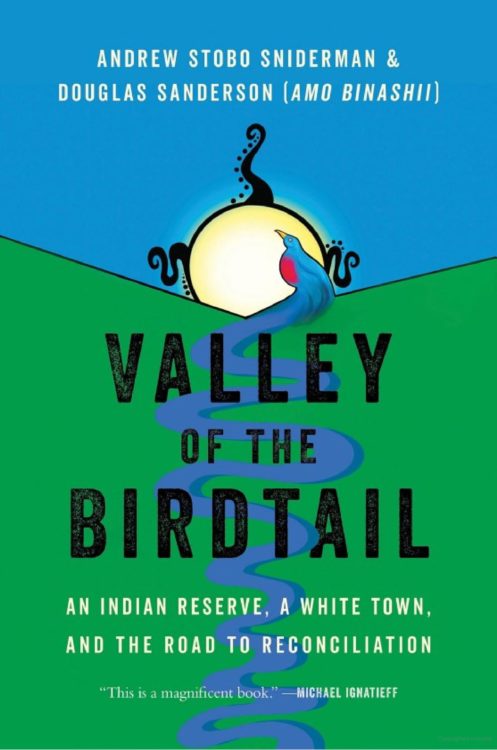
To show what this might look like, we can look at a group of 43 communities in northern Ontario. If we were to take seriously the idea that these 43 First Nations should be able to govern themselves, what would that mean? What sorts of resources and governmental powers would they need?
To start with, they would have to exercise jurisdiction over a much larger area of the province than the land that makes up reserves – the reserves are tiny compared with the vast expanse of government-owned Crown land in the north. First Nations would need this enlarged territory to have sufficient land from which to extract resources for sale or on which to tax the extraction of those resources by others. With jurisdiction over this larger territory, these communities would have the financial resources to do the sorts of things that other local governments are expected to do: operate schools and a justice system, provide clean running water, fix roads, staff a fire department, provide health services, and so on.
Seeing the forest for the fees
The lands of the north are rich. In 2020, the government of Ontario collected about $279 million in revenue from Crown timber fees from forestry activities, largely located in the northern parts of the province. Those lands are the traditional territories of Cree and Ojibway people and for thousands of years provided Indigenous Peoples the means to live a good life – and they should do so again.
Were we to give Indigenous communities in northern Ontario the ability to govern themselves in this way, we could eliminate dependence on federal money. Some might argue that it is unfair to place Indigenous communities in the position of having to extract natural resources or to tax the extraction of natural resources from their Traditional Territories.
But this is just what governments do: tax activities (such as forestry and mining) and people (via sales or income tax), and then spend that money on citizens and community infrastructure (schools, police, hospitals). Indigenous governments should be no different, and they should be the ones making the difficult choices about what taxes to collect and which resources to extract.
First Nations communities would need to work together in some form of confederacies to create viable governments capable of making complex land use and spending decisions. Such governments would surely prioritize what the federal government has long neglected: the well-being of Indigenous children.
But solutions to big problems are never cost-free. In the scenario we set out, the province of Ontario would have a hole in its budget more or less exactly the same size as the revenue generated by Indigenous taxation of northern Ontario. And this provincial revenue loss would not be a minor concern.
We must come to accept that reconciliation between Indigenous and settler peoples will require a redistribution of access to wealth and to the mechanisms of governance. But the provinces will obviously be concerned about a plan requiring them to relinquish their most resource-rich areas.
Equalization by other means
Provincial leadership, and Canadians in general, may be interested in reconciliation, but not at the cost of billions of dollars in annual tax revenue. And yet, to flourish, Indigenous Peoples will need to raise revenues through taxation, and so will require territory of sufficient size and wealth to invest in their communities. And that land will have to come from somewhere.
The transfer of jurisdiction from provinces to First Nations may be seen – particularly by Indigenous Peoples themselves – as the righting of a historic wrong. Yet, at the same time, there is likely a large non-Indigenous southern population who would see the present-day transfer of land to First Nations as unfair.
To find a way through this conundrum, we need to see that the distribution problem we face is not of lands but of jurisdiction. Would residents of Toronto or Vancouver care who governed their provinces’ northern territories if it meant no material change to government services or the rate of taxation? We think not. So, the question isn’t who governs, but who benefits.
Canada’s wealth is not distributed equally among its provinces and territories. It varies based on factors such as population density and natural resources, and it fluctuates over time – with the collapse of a fishery, say, or a spike in oil prices.
A key feature of Canadian federalism is the principle that every citizen, no matter where they live, should receive a similar level of government services. And, except on Indian reserves, Canada largely delivers on this commitment. The guarantee of equal government services at the provincial level is made possible through an economic program called equalization – which has enjoyed longstanding and widespread support among Canadians.
Through the equalization formula, regional disparities are smoothed out by a federally administered program that allocates federal revenue to provincial coffers. Whether you live in Newfoundland, Manitoba, or Quebec, equalization ensures that you receive comparable quality schooling and medical care. (In 2019-20, for example, Manitoba received an infusion of $2.25 billion.) Without equalization, smaller provinces such as Prince Edward Island simply could not generate enough tax revenue to provide similar services to those living in oil-rich Alberta. Yet no one ever asks whether Prince Edward Island deserves decent schools.
How to elevate the status of Indigenous languages
Transfer authority for child welfare to Indigenous communities
Equalization is how Canada balances our provincial and regional inequalities. Yet Indigenous communities neither contribute to nor benefit from equalization. But imagine if this basic principle of equality were extended to Indigenous Peoples and communities.
Under the proposal we offer here, First Nations communities of northern Ontario might collect $1 billion in revenue from taxing resource extraction, the same $1 billion that once financed health care, policing, and education in Toronto, Windsor and the like. The First Nations in northern Ontario could spend the tax money on community infrastructure to provide decent services for their citizens, and this would very likely cost considerably less than $1 billion annually. And we can then imagine the remaining funds being deposited into the equalization formula for redistribution to Ontario, thus somewhat ameliorating the budget shortfall that would otherwise occur.
In this way, First Nations communities would govern territories and tax resource extraction to make finally and abundantly clear that citizens in southern Canada are, and have been, subsidized by the north for at least 150 years. Under our proposal, First Nations governments would be signing the cheques that underwrite their southern neighbours.
Pushed aside and given few resources, Indigenous Peoples have suffered an inequality that is more like abject poverty. Without the capacity to raise meaningful resources through taxation, First Nations have been left to eat from the hand of the federal Crown.
Many Canadians fear or do not believe in the viability of an Indigenous order of government. But the proposals we are making here are based on principles our country knows and has long used: extending policies like the equalization formula to Indigenous communities is just to invite First Nations into Confederation on familiar terms.




